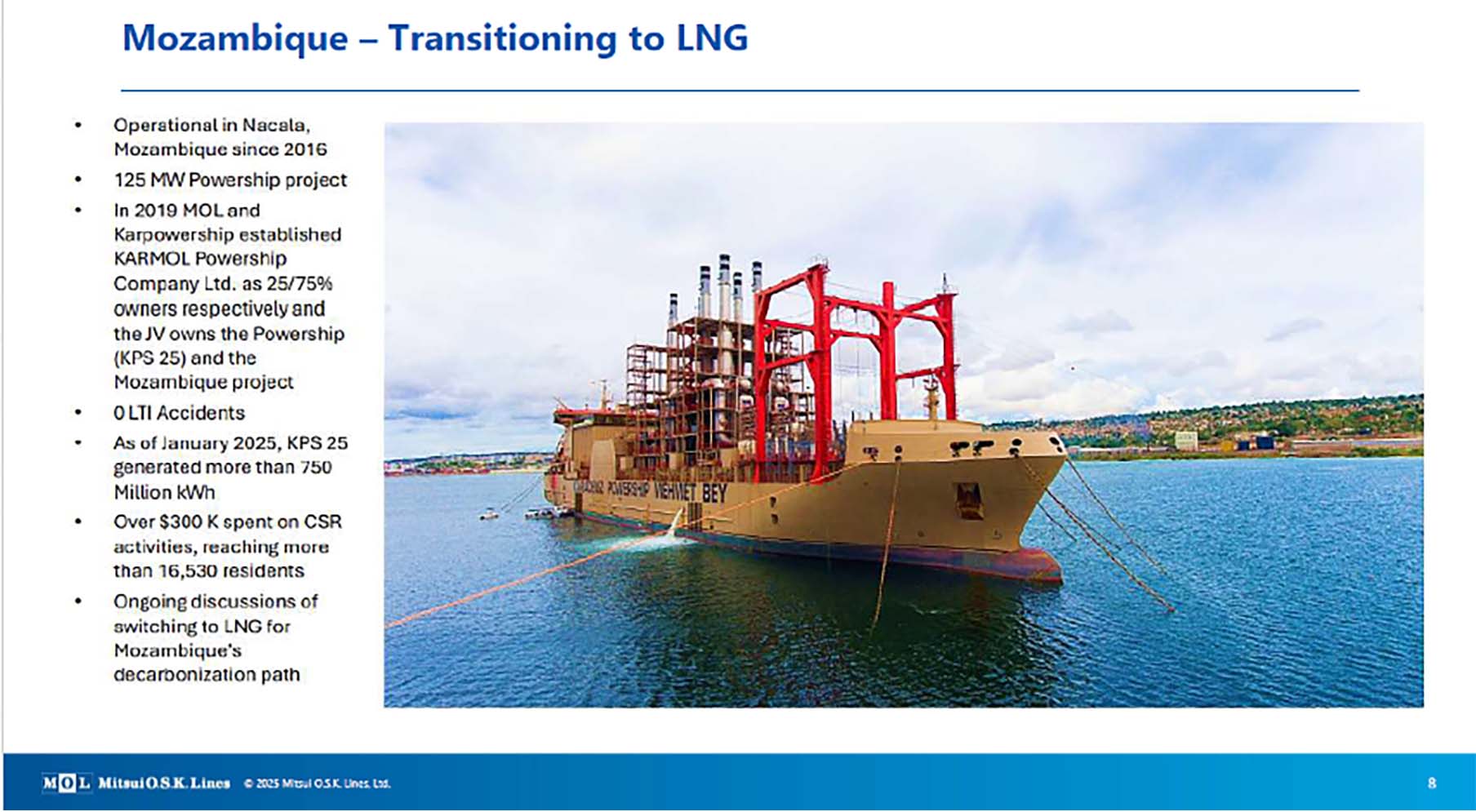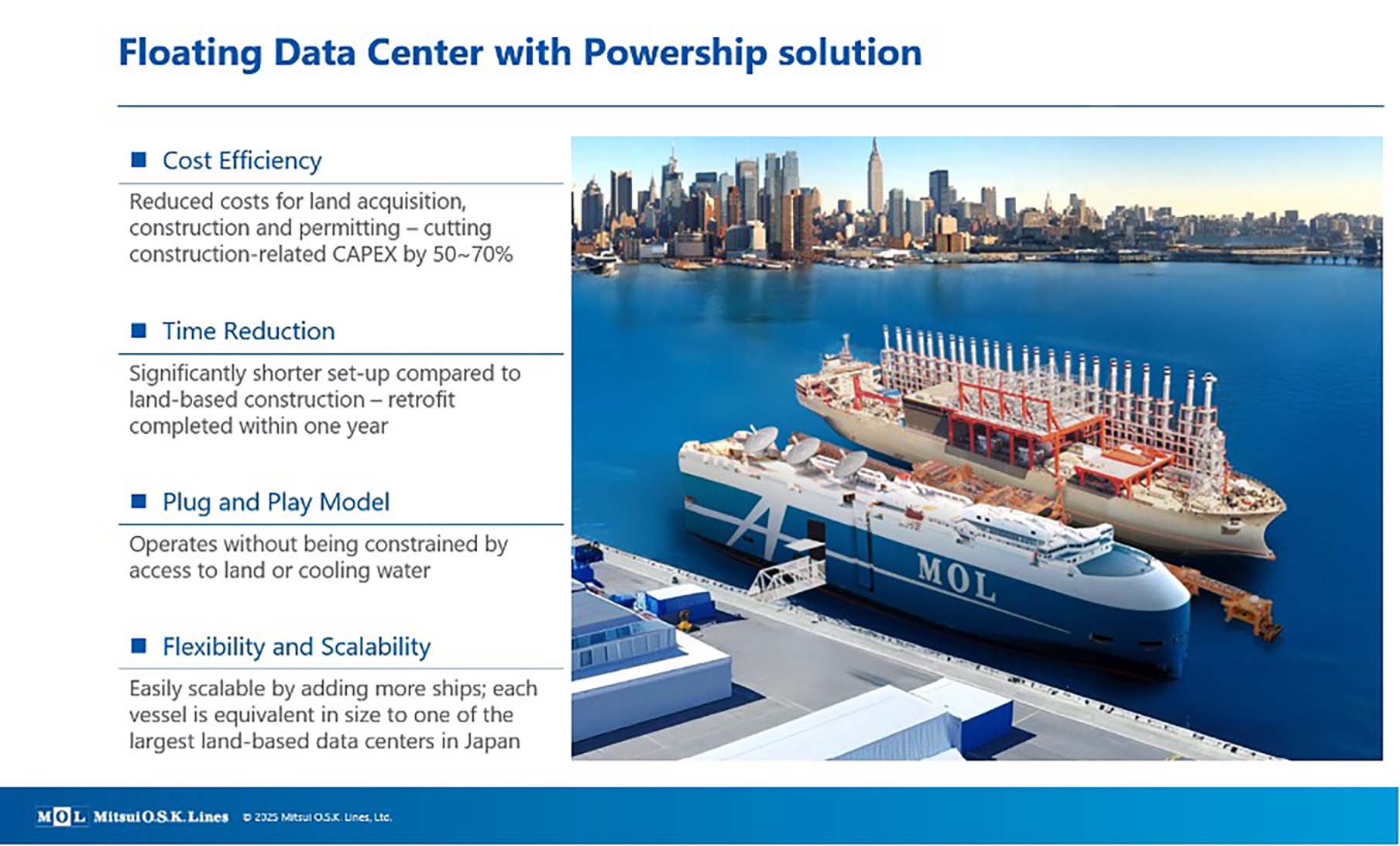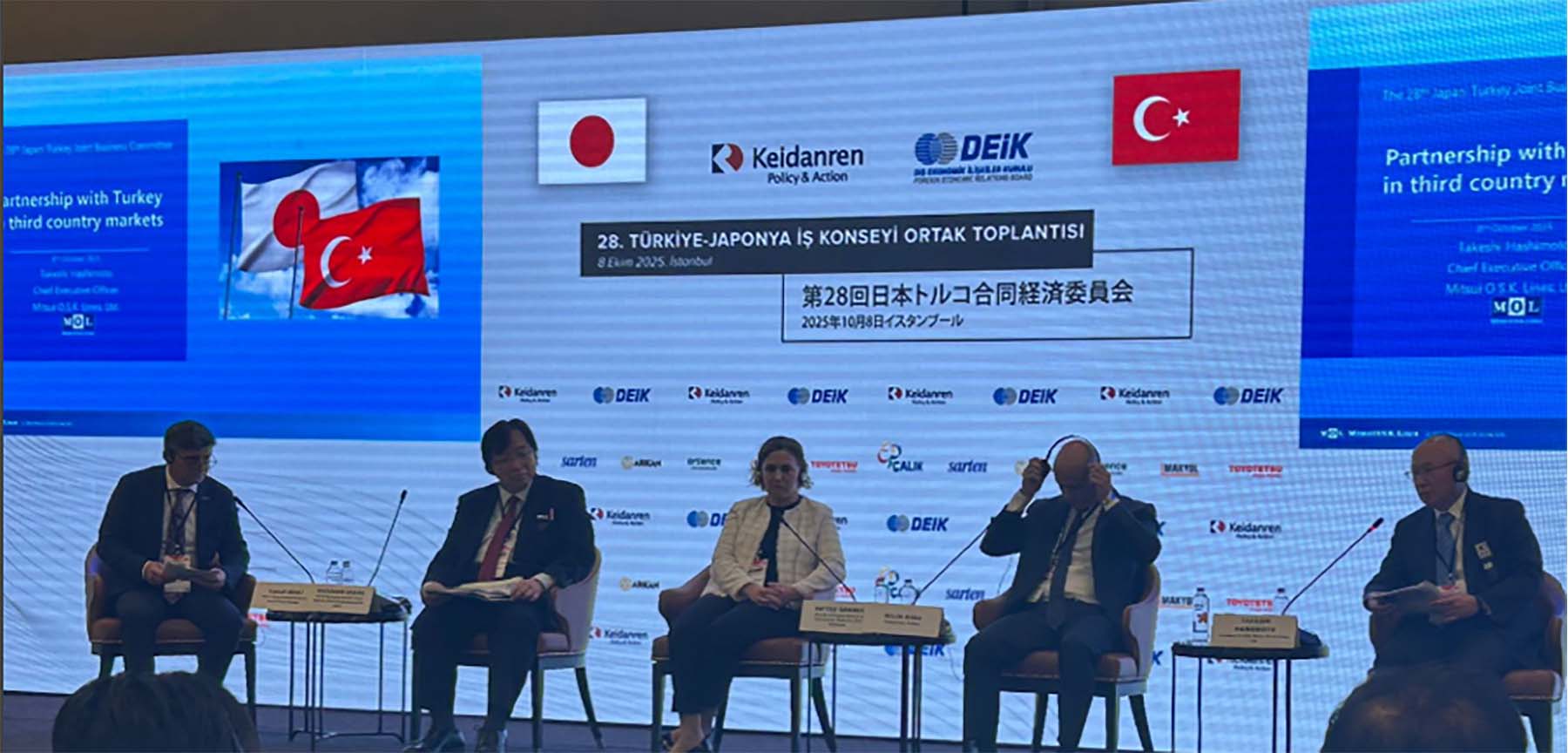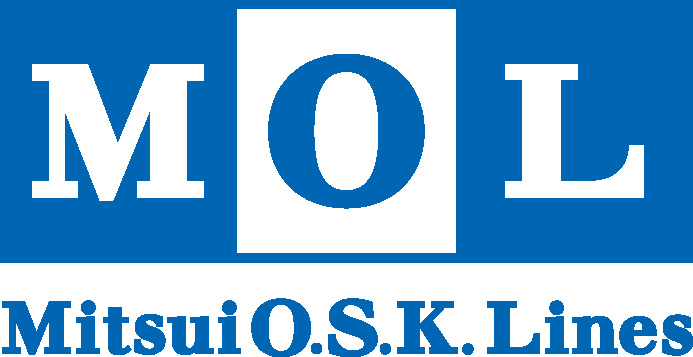In October, the 28th Japan-Turkey Joint Economic Committee, organized by Keidanren and DEIK—economic organizations of
Japan and Turkey—was held in Istanbul.
From MOL, President Hashimoto participated and delivered a presentation titled “Joint Projects with Turkey in
Third-Country Markets”, introducing the power ship business in Africa conducted through a joint venture between MOL and
Turkey’s Karadeniz.
Currently, this JV operates power ship projects in Senegal and Mozambique.


MOL is responsible, through the joint venture, for co-owning power ships and operating FSRUs (Floating Storage and Regasification Units), which serve as the fuel supply line for gas-fueled projects. One of Karadeniz’s strengths lies in having multiple power ships on standby, ready for immediate deployment. While many countries around the world face electricity shortages, building new onshore power plants requires massive capital investment as well as long periods for surveys, preparation, and construction. In contrast, by utilizing standby power ships, electricity can be supplied in as little as three months. Customers pay through an electricity tariff scheme, eliminating the need for large upfront investments. This is an ideal solution for regions that urgently need power.
In addition, MOL and Karadeniz introduced their jointly marketed FDC (Floating Data Center) business. As global demand for data centers continues to rise, FDCs offer advantages over land-based facilities in terms of securing locations, access to cooling water, and reducing initial investment costs. Furthermore, in cases where securing onshore power is difficult, FDCs can be operated together with power ships.

MOL’s strength in the FDC business lies in its ability to easily procure aging vessels for conversion into FDCs. The
most suitable ships for large-scale FDCs are car carriers with multiple decks, which already provide wide, durable floor
space for installing data servers. Few shipping companies operate car carriers, but MOL boasts one of the world’s
largest fleets and regularly retires such vessels. Converting aging ships into FDCs instead of scrapping them is both
economically sound and environmentally friendly.
Technical challenges for FDCs have largely been resolved. The remaining hurdles are securing customers and obtaining
permits for ports where installations will be located—once these are cleared, realization is within reach.

